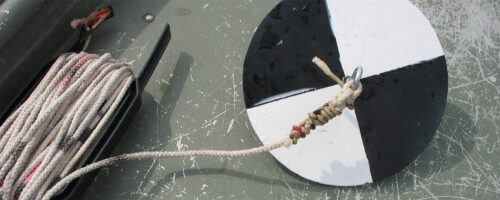Tag: mike porter
Categories
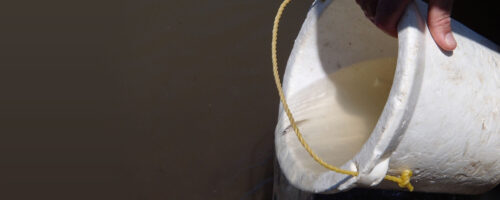
Think Before Putting Fish, Plants, Water and More in a Pond
Estimated reading time: 4 minutes
How to Manage Fields for Attracting Mourning Dove
Estimated reading time: 5 minutes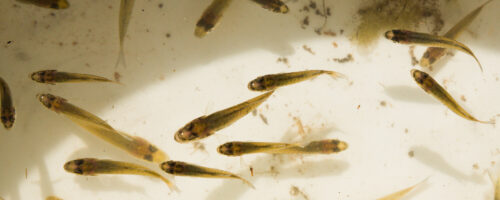
Seine Surveys Provide Insights About Fish Populations
Estimated reading time: 5 minutes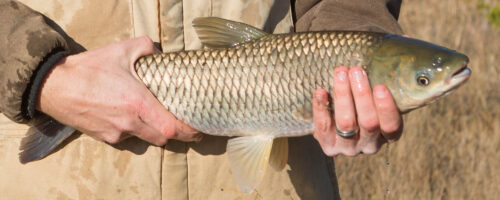
Grass Carp Is an Option to Control Aquatic Plants
Estimated reading time: 6 minutes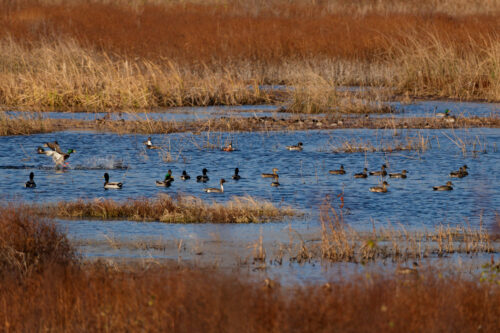
Depth, watershed considerations guide pond design
Estimated reading time: 4 minutes
Two characteristics that should be considered before constructing a new pond are depth and watershed.
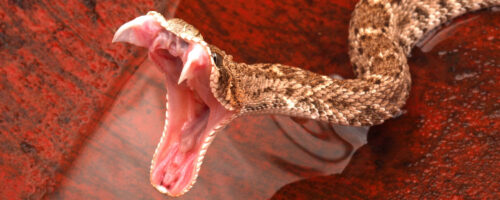
Learn to Recognize Venomous Snakes
Estimated reading time: 4 minutes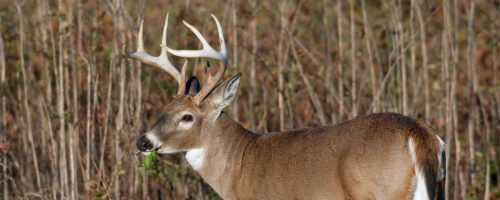
The Eight Point Rule
Estimated reading time: 3 minutes